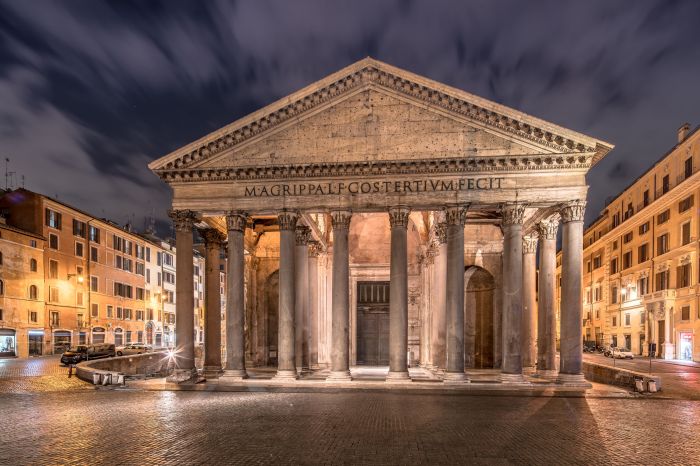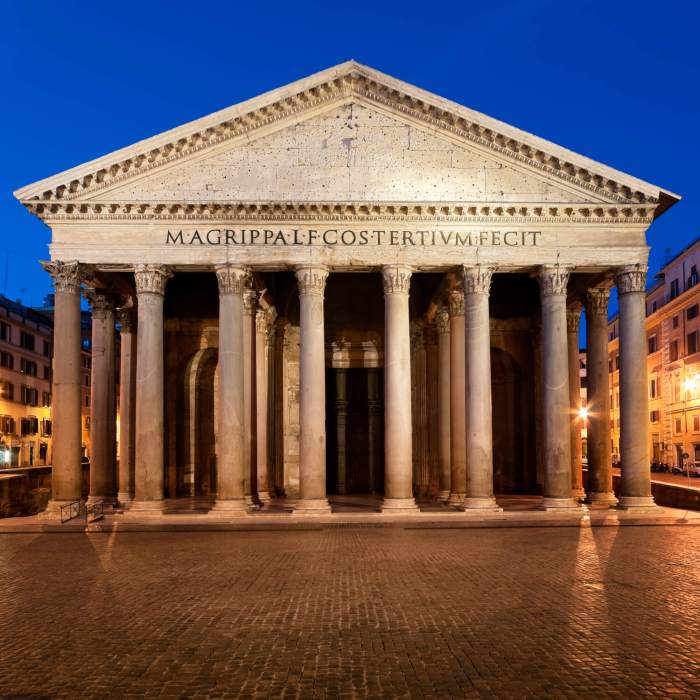Temple to all the gods crossword clue embarks on an enlightening journey into the architectural and cultural significance of temples dedicated to multiple deities, unraveling their historical roots, distinctive features, and profound impact on ancient societies.
These temples, adorned with intricate architectural elements and imbued with deep religious significance, served as centers of worship, pilgrimage, and community gatherings, leaving an enduring legacy in the annals of human civilization.
Etymology and Origin

The term “temple to all the gods” has its roots in ancient Greek and Roman cultures. In Greek, it was known as the “Pantheon,” derived from the words “pan” (all) and “theos” (god). The Pantheon was a temple dedicated to all the gods of the Roman Empire and became a symbol of religious tolerance and diversity.
Similar concepts existed in other ancient cultures. The Egyptian temple of Karnak, dedicated to the god Amun-Ra, also included shrines to other deities. The Babylonian temple of Esagila, dedicated to the god Marduk, was also a vast complex that housed shrines to other gods.
Architectural Features
Temples dedicated to multiple gods often exhibited distinctive architectural features. These included:
- Multiple altars and sanctuaries: To accommodate the worship of various deities, these temples had multiple altars and sanctuaries dedicated to specific gods or goddesses.
- Large courtyards: Courtyards provided ample space for religious ceremonies, processions, and public gatherings related to the worship of the gods.
- Elaborate decorations: The interiors and exteriors of these temples were often adorned with elaborate decorations, sculptures, and paintings depicting the gods and goddesses.
Cultural Significance
Temples dedicated to all the gods played a significant role in ancient societies. They served as:
- Centers of worship: These temples were the primary locations for religious rituals, sacrifices, and prayers directed to the various gods.
- Pilgrimage destinations: People traveled from afar to visit these temples, seeking blessings, healing, or divine guidance.
- Community gathering places: The courtyards and surrounding areas of these temples often became gathering places for religious festivals, markets, and other community events.
Notable Examples, Temple to all the gods crossword clue
Prominent temples dedicated to multiple gods include:
- Pantheon, Rome: A well-preserved temple dedicated to all the Roman gods, featuring a massive dome and oculus.
- Temple of Zeus, Olympia: A colossal temple dedicated to the Greek god Zeus, housing a massive statue of the god.
- Karnak Temple, Egypt: A vast temple complex dedicated to the god Amun-Ra, with numerous shrines to other deities.
- Esagila, Babylon: A ziggurat temple dedicated to the god Marduk, with seven levels representing the seven heavenly bodies.
Crossword Puzzle Relevance
The crossword clue “temple to all the gods” refers to temples like the Pantheon or Karnak that were dedicated to the worship of multiple deities. These temples were significant cultural and architectural landmarks, and the term “temple to all the gods” captures their unique purpose and importance.
FAQs: Temple To All The Gods Crossword Clue
What is the significance of multiple altars in temples dedicated to all the gods?
Multiple altars allowed for simultaneous worship of different deities, accommodating the diverse beliefs and practices within a single sacred space.
How did these temples foster a sense of community?
Temples served as gathering places for religious festivals, rituals, and public events, fostering a sense of shared identity and belonging among community members.

